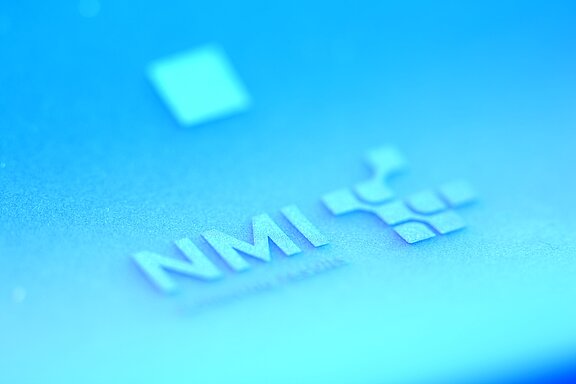
Publications
December 2025
Usage and limitations of neuroglial biomarkers NfL and GFAP in urine as non-invasive disease markers in multiple sclerosis
NfL and GFAP in blood are emerging as important biomarkers in MS. A urine-based assay could provide a simpler, non-invasive alternative; however, limited biomarker transfer into urine may pose a major challenge. This study aimed to evaluate the detectability and diagnostic potential of urinary and serum NfL and GFAP for distinguishing MS patients from healthy controls.
November 2025
Heterologous ORFV–Ad26 vaccination broadens antibody breadth and amplifies cellular immunity against SARS-CoV-2 spike
The durability of vaccine-induced immunity is often limited by waning responses, antigenic drift, and anti-vector immunity, highlighting the need for innovative vaccination strategies. Heterologous prime–boost approaches can help overcome these barriers by exploiting the complementary strengths of distinct platforms.
November 2025
Gap Junctional Communication Required for the Establishment of Long-Term Robust Ca2+ Oscillations Across Human Neuronal Spheroids and Extended 2D Cultures
Synchronized oscillatory fluctuations in intracellular calcium concentration across extended neuronal networks represent a functional indicator of connectivity and signal coordination. In this study, a model of human immature neurons (differentiated from LUHMES precursors) has been used to establish a robust protocol for generating reproducible intracellular Ca2+ oscillations in both two-dimensional monolayers and three-dimensional spheroids
October 2025
Plug and Play Multi-Organ Chips: Integrated µGaskets for the Facile and Reversible Connection of Individual Organ-on-Chip Modules
Multi-organ-chip (MOC) models provide a plethora of auspicious opportunities to replace current in vitro and in vivo models for a more systemic investigation of human (patho-)physiology for drug development and personalized medicine.
October 2025
Differential Responses of Human iPSC-Derived Microglia to Stimulation with Diverse Inflammogens
Human microglia are central regulators and actors in brain infections and neuro-inflammatory pathologies. However, access to such cells is limited, and studies systematically mapping the spectrum of their inflammatory states are scarce.
October 2025
Polyelectrolyte Multilayer Coatings As a Tunable Tool to Control Inflammatory Response to Biomaterials in Vitro
The immune response to implanted medical devices can impact their performance and longevity in the body. Instead of designing implants to produce the desired immune responses, this might more easily be achieved with the use of surface modification technology, which can alter the biological profile of the implant without compromising function or performance.
October 2025
Self-reported poliomyelitis vaccination and documentation in adults indicates high uptake: a digital German epidemic panel, December 2024
On 12 December 2024, the Standing Committee on Vaccination (STIKO) recommended universal polio catch-up vaccination for children and adolescents up to 16, urging parents to check their children's immunization status following detections of vaccine-derived poliovirus in wastewater.
October 2025
Class switch toward IgG2 and IgG4 is more pronounced in BNT162b2 compared to mRNA-1273 COVID-19 vaccinees
Vaccination against SARS-CoV-2 induces antibodies that reduce the risk of severe disease.
September 2025
Heterologous prime-boost vaccination with VLA2001 and an ORFV-based vector enhances spike- and nucleocapsid-specific immunity in mice
Heterologous prime-boost vaccination has emerged as a promising approach to enhance immune responses by combining vaccines with complementary mechanisms of antigen delivery and immune activation. Here, we evaluated the immunogenicity of heterologous regimens combining the licensed inactivated SARS-CoV-2 vaccine (VLA2001) with the replication-deficient Orf virus-based vector vaccine (Prime-2-CoV).





